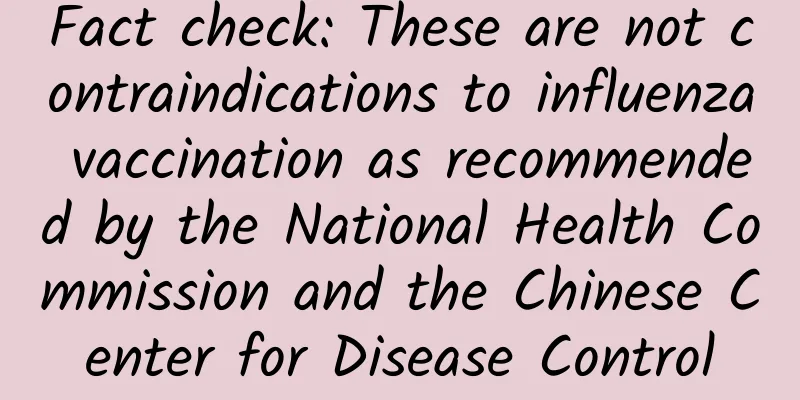What is the dangerous period on the 18th?

|
There are many cases of unmarried women getting pregnant during their dangerous period. If they are planning to have a baby, they do not need to take any contraceptive measures even during the dangerous period and can just give birth safely. However, if the woman is not well prepared to be a mother, she needs to take some contraceptive measures when having sexual intercourse. So when are the dangerous period for girls? When is the dangerous period for pregnancy on the 18th? Take a look at the detailed introduction of the article below. If your period comes on the 18th, subtract 14 days from the 18th, then the 4th of next month will be your ovulation period. The ovulation period, the 5 days before and the 4 days after, that is, the ovulation period, which is from the 28th to the 5th, is the dangerous period of pregnancy. Women's ovulation period is generally about 14 days before the next menstrual period. Starting from the first day of the next menarche, the last 14 days or minus 14 days is the ovulation period. The ovulation period plus the first 5 days and the last 4 days are called the ovulation period. Because everyone's menstrual cycle is different, the answer to how many days after menstruation is the ovulation period will also be different. 1. For women with relatively stable menstrual periods Generally it is the 14th day before the next menstrual period. Then the 5 days before this day, including this day and the 4 days after this day, are called the ovulation period. In other words, the ovulation period of ordinary women is ten days. 2. Women with unstable menstrual cycles If the menstrual cycle is unstable, the ovulation period can be calculated in this way: the first day of ovulation = the shortest menstrual cycle minus 18 days, and the last day of ovulation = the longest menstrual cycle minus 11 days. The calculation method is to use the first day of menarche as the reference point and count the days backwards. How many days after ovulation can I test whether I am pregnant? After fertilization, the egg takes 4-5 days to travel from the fallopian tube to the uterus and stays in the uterus for 3-4 days. This process takes a total of 7-9 days. Therefore, if you use a more sensitive (15 international units) early pregnancy test kit and have sex about 7 days after ovulation, and use a regular pregnancy test strip (25 international units) to measure HCG about 12 days after ovulation, it is very normal and effective. |
<<: Do I need to fast for the 42-day postpartum checkup?
>>: Suitable for girls to exercise at home
Recommend
Taking emergency contraceptive pills affects menstruation
Women always have their periods for a few days ev...
Why does itching get worse the more you scratch it? The reasonable way to relieve itching is to lower the skin temperature
Scratch it when you feel itchy. This is common se...
Why do I have chest pain after sex?
Chest pain after intercourse can be caused by man...
Why does watery leucorrhea have a sour taste?
I believe most women are familiar with leucorrhea...
What is the reason why my menstrual period has not come yet?
With the continuous development of society, peopl...
What to do about female genital cancer
Women using perfume to cover up body odor in the ...
8 little-known secrets of women's vagina
As a woman, how much do you know about your most ...
Causes of upper right back pain
The back is a part of the body that people are mo...
Can I push if I have constipation after cesarean section?
Some women choose to give birth by cesarean secti...
Can I have sex when my period is almost over?
It is strictly forbidden to have sex before the m...
Why are my breasts getting smaller?
We all know that many women have to go through th...
Does a new car need to be run-in? Why should a new car be run-in?
Many people say that new cars need to be run-in a...
Will having adnexitis or pelvic inflammatory disease affect pregnancy?
After we talked about the symptoms of adnexitis a...
Is it possible to get pregnant during ovulation?
If a woman wants to get pregnant, she must be ful...









